Picasa GR Tablet 10s POSACONAZOLE
Introduction to Picasa GR Tablet 10s
Picasa GR Tablet 10s is a tablet form medication primarily used to treat and prevent fungal infections. It is particularly beneficial for individuals with weakened immune systems, such as those undergoing chemotherapy or living with HIV/AIDS, by stopping fungal growth and clearing infections.
Composition of Picasa GR Tablet 10s
Picasa GR Tablet 10s contains Posaconazole as its active ingredient. Posaconazole works by inhibiting the growth of fungi by blocking an enzyme necessary for the production of their cell membranes, thus preventing them from growing and multiplying.
Uses of Picasa GR Tablet 10s
- Treatment of fungal infections
- Prevention of fungal infections in immunocompromised individuals
- Support for patients undergoing chemotherapy
- Assistance for individuals with HIV/AIDS
Side effects of Picasa GR Tablet 10s
- Common side effects: nausea, vomiting, diarrhea
- Serious side effects: liver problems, heart rhythm issues
Precautions of Picasa GR Tablet 10s
Before taking Picasa GR Tablet 10s, inform your doctor about your medical history, especially any liver problems or heart conditions. This medication can affect liver function and heart rhythm, so it is not recommended for individuals with certain heart conditions.
How to Take Picasa GR Tablet 10s
Picasa GR Tablet 10s is usually taken by mouth, starting with 300 mg twice on the first day, followed by 300 mg once daily. It is often taken with food to enhance absorption. Always follow your doctor's specific dosing instructions for the best results.
Conclusion of Picasa GR Tablet 10s
Picasa GR Tablet 10s, containing Posaconazole, is a crucial medication in the therapeutic class of antifungals. It is manufactured to treat and prevent fungal infections, especially in immunocompromised patients. Remember to follow your doctor's advice and report any side effects. Picasa GR Tablet 10s is a reliable choice for managing fungal infections effectively.


I am taking warfarin, does Ambidext interfere with warfarin? Is it safe to take both together?
It is extremely important to exercise caution if you are simultaneously taking Ambidext and warfarin as there is a potential risk of experiencing bleeding as well as the development of petechiae or purpura The combination of these medications can have adverse effects on your health and it is vital to be aware of the potential complications that may arise Both Ambidext and warfarin possess anticoagulant properties meaning they can impair the bloods ability to clot properly Therefore when these two medications are used together the risk of bleeding significantly increases Additionally petechiae and purpura are conditions characterized by the appearance of red or purple spots on the skin resulting from bleeding underneath the skins surface These manifestations can be concerning and should not be ignored as they may indicate internal bleeding Therefore it is essential to exercise caution and closely monitor your health while taking both Ambidext and warfarin to minimize the risk of any severe complications If you notice any unusual symptoms or side effects it is crucial to seek immediate medical attention for a thorough evaluation and appropriate management

What are the contraindications associated with the use of Rabicip-L?
Use of Rabicip-L should be avoided in patients with known allergy to any of the components or excipients of this medicine.





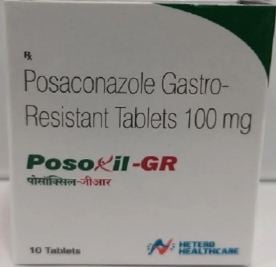
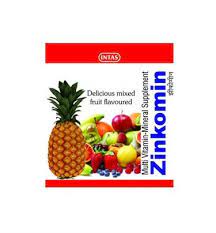

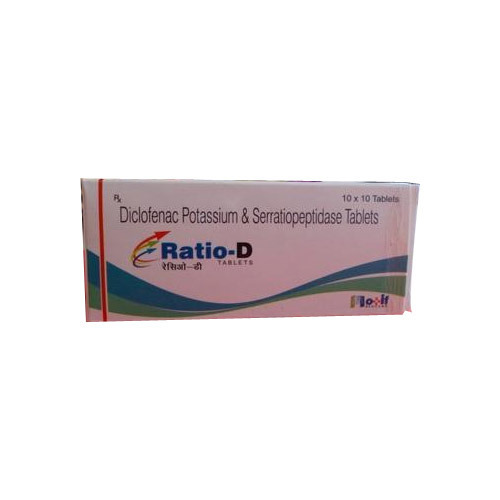
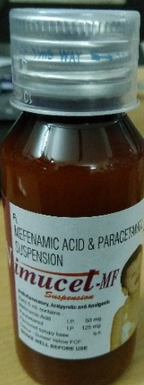
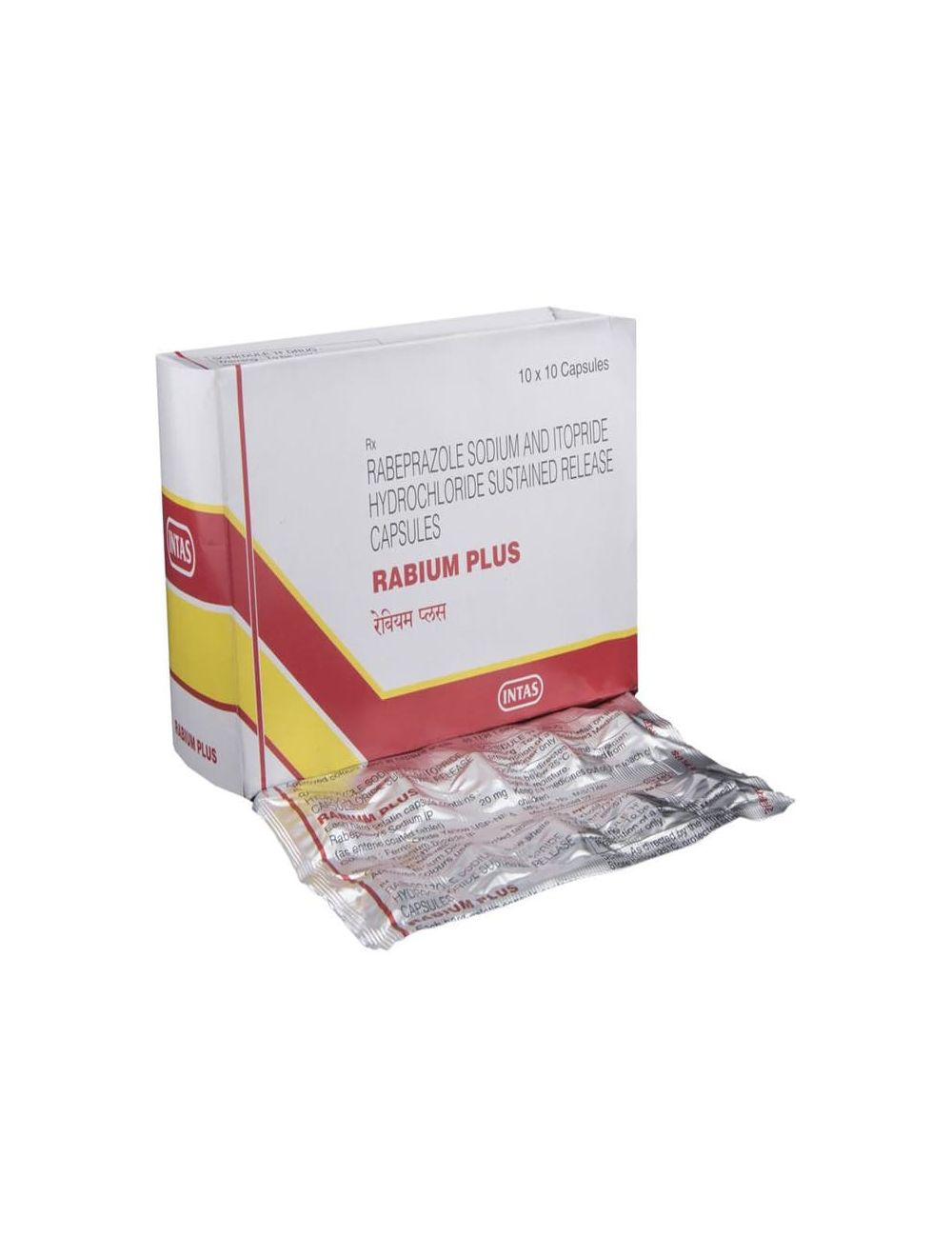





.svg)
